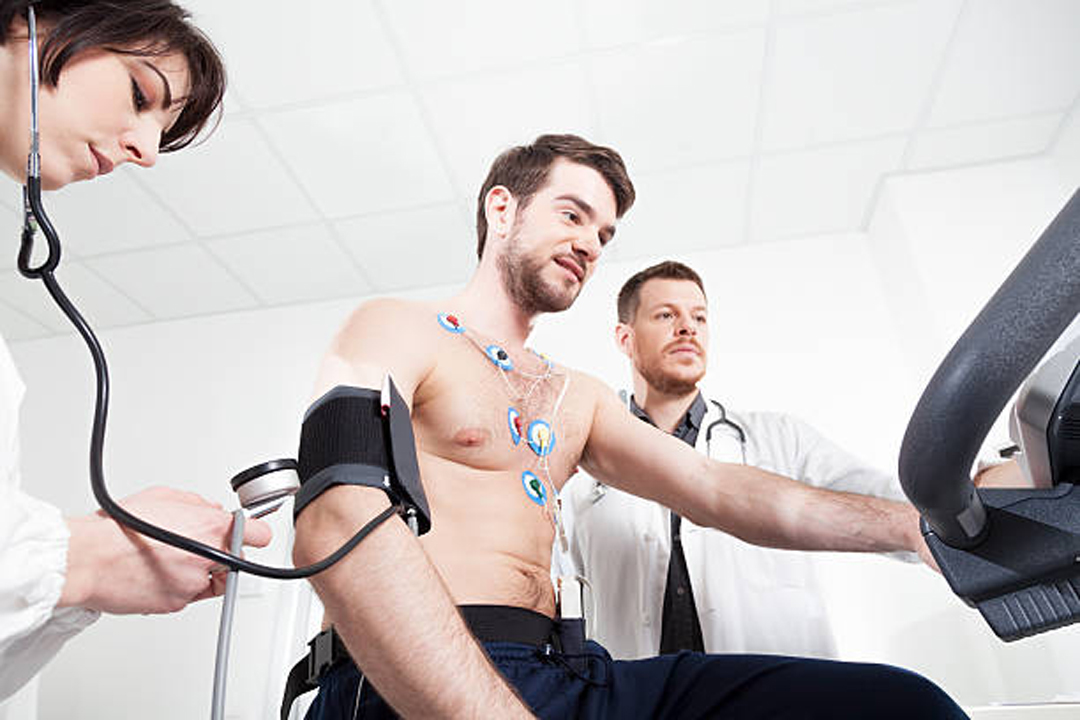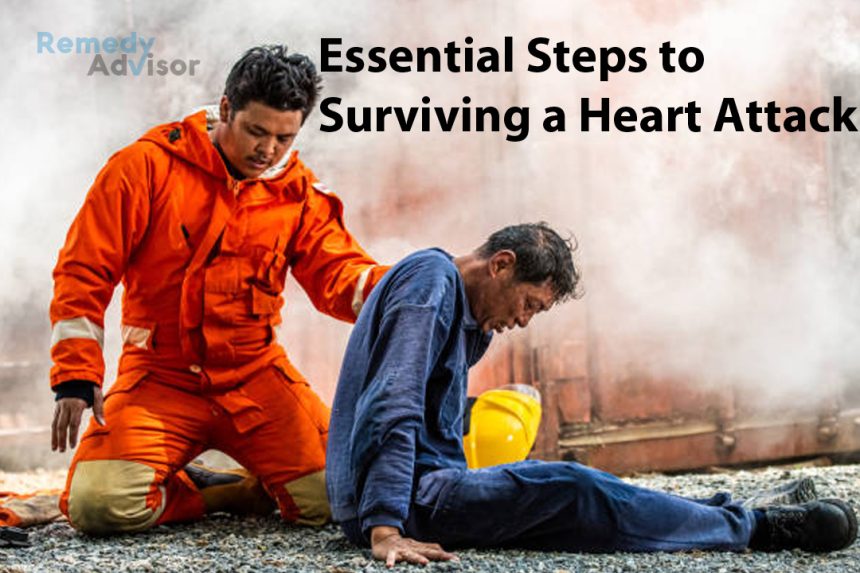Heart attack kills 600,000 Americans each year, making it the number one cause of death. But for every fatal heart attack, many more heart attacks do not prove fatal.
Why do some people succumb while others survive? We can learn important lessons from heart attack survivors, according to Dr. Cole…
Don’t ignore symptoms
When lay people envision a heart attack (myocardial infarction), they tend to picture someone clutching at the chest, falling to the floor and losing consciousness. This scenario actually describes cardiac arrest, when the heart stops beating. The typical heart attack is far less dramatic.
Problem
Heart attack sufferers are often stoic. When they have chest pain or other symptoms suggestive of heart trouble, they think, it must be something late.
Many securities traders have sought treatment at my hospital only after being carried off the floor of the stock exchange. Many had endured chest pain for hours.
Why the delay in seeking treatment? In most cases, the individual was too frightened even to consider the possibility of a heart attack or reluctant to risk embarrassment by calling an ambulance only to find out the problem was heartburn.
These individuals wait until they’re in agony before seeking help. By the time they reach the emergency room, irreversible damage has often been done.
The most common symptom of heart attack is pain in the chest. But in some cases there is no pain just a sensation that has been described as “someone sitting on the chest.” The pain may radiate up the neck and down the arms.
Other symptoms
Sudden sweating, shortness of breath and tightness in the jaw or nausea are some common symptoms.
In some cases, these signs occur several days before an attack. Because the sensations wax and wane, patients are tempted to ignore them. That’s a big mistake.
Those at obvious risk for heart disease smokers, overweight people and individuals with high blood pressure or elevated cholesterol should be especially alert to these signals.
But heart attacks also strike and kill people with no known risk factors. If you or someone you know notices even mild symptoms, call a doctor at once.
Get to the hospital quickly
If treatment is initiated during the first “golden” hour following a heart attack, mortality is only 1% to 5%. After four to five hours of delay, the mortality rate climbs to 12%.
Just 10 to 15 years ago, the death rate associated with heart attack victims who reached the hospital alive was 15% to 20%. Doctors could do little more than administer oxygen and morphine to make the patient more comfortable.
Now: The death rate for these patients is 5% to 7%. Doctors have “clot-busting” drugs that actually restore blood flow to the heart. But the patient must still reach the hospital right away
Get aggressive treatment

Since the early 1980s, heart attack patients have received thrombolytic therapy intravenous drugs that dissolve blood clots. The most effective clot-buster is tissue plasminogen activator (tPA).
In addition, nearly all heart attack patients receive aspirin (to thin the blood) and heparin (to prevent arteries from re-closing).
While thrombolytic treatment has brought about a significant decline in heart attack mortality, we can do much better. Studies suggest that a surgical procedure known as acute angioplasty is even more effective than clot busting drugs.
In this procedure, an X-ray called an angiogram is used to pinpoint the blocked coronary artery. Then a small balloon is inserted into the artery through a catheter. The balloon is inflated, pushing aside the blockage and restoring blood flow to the heart.
Problem
Not all hospitals are equipped to perform angioplasty. If you must choose between two hospitals a similar distance away, ask to be taken to the one that is better equipped to do acute angioplasty. If this choice would prolong your trip by 15 minutes or more, it’s probably better to go to the closer hospital.
Prepare for emergencies
If a patient is at high risk of cardiac arrest, it’s a good idea for his family members and coworkers to know cardiopulmonary resuscitation (CPR). In fact, everyone should learn CPR.
High-risk patients include people who have had prior episodes of cardiac arrest have a weak heart muscle as a result of a prior heart attack or bypass surgery or have a history of life-threatening irregularities in the heartbeat (arrhythmias).
These patients might also want to consider asking their doctor about purchasing their own defibrillator. That’s the twin-paddled device doctors use to shock the heart into a normal rhythm.
Paramedics usually carry defibrillators, and many sports arenas have begun keeping their own units on the premises.
New, “smart” models are simple enough to be used by almost anyone even without training. When placed on the victim’s chest, these devices automatically monitor arrhythmias and if necessary administer a shock.
Unfortunately, the expense puts personal defibrillators out of the reach of many patients.
Some high-risk patients have been fitted with implantable defibrillators. Cost: About $20,000.







